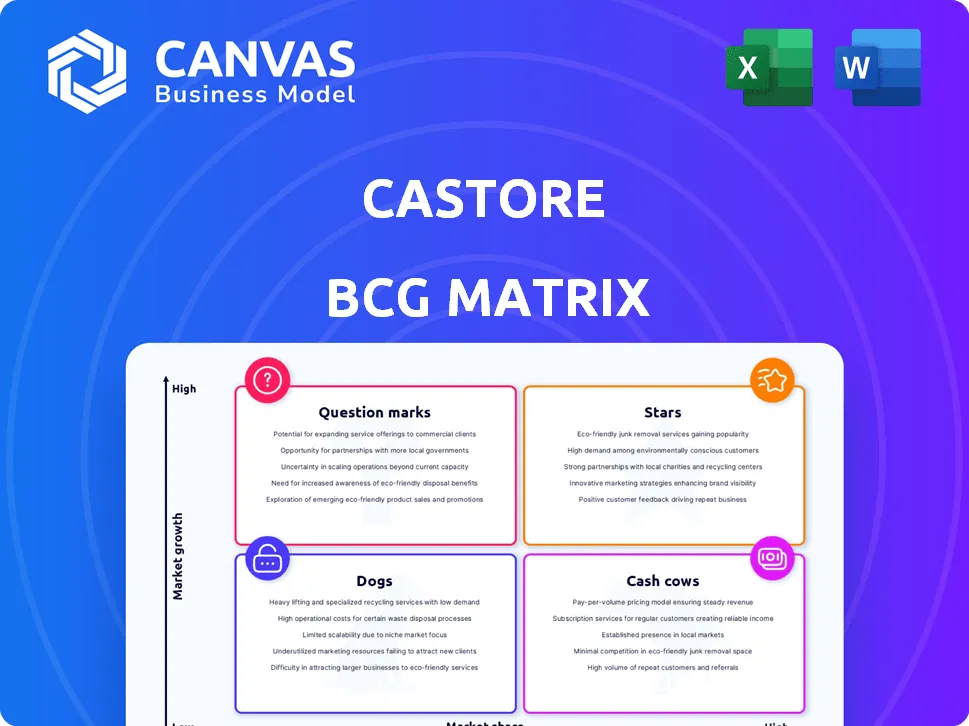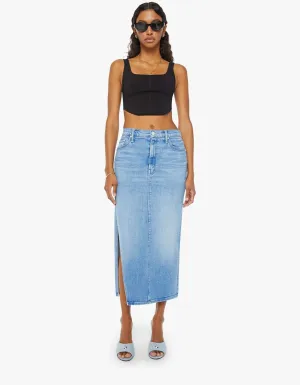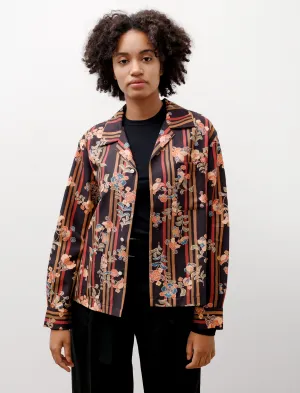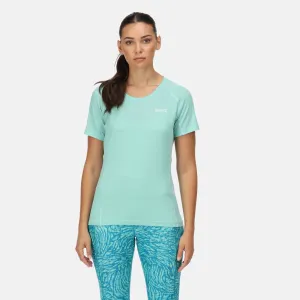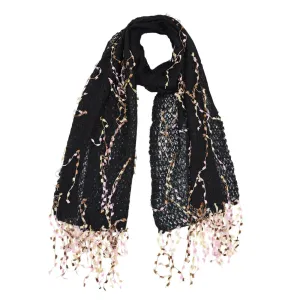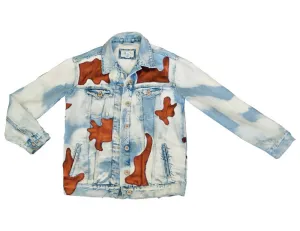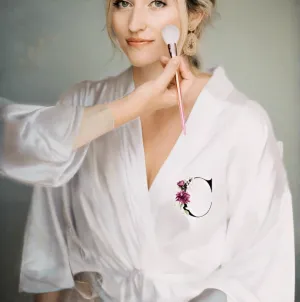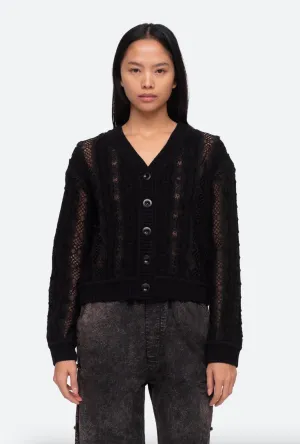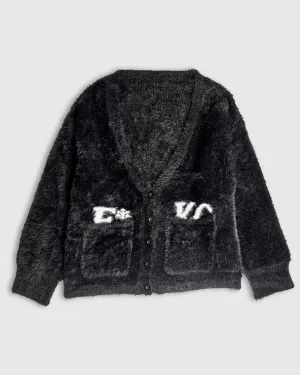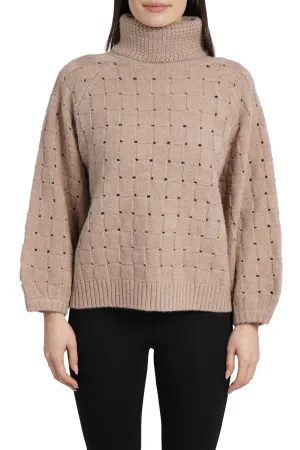In the competitive arena of premium men's sportswear, Castore stands out not just as a brand but as a vision of athletic excellence and style. Utilizing the Boston Consulting Group Matrix, we delve into the dynamics of Castore's product portfolio, categorizing offerings into Stars, Cash Cows, Dogs, and Question Marks. Each segment reveals critical insights into where the brand thrives, where it lags, and where potential growth lies. Join us as we explore the fascinating landscape of Castore's market positioning and strategic prospects.
Company Background
Founded in 2015, Castore is a British sportswear brand that emphasizes premium quality and innovation. The company was established by brothers Tom and Phil Beahon, who aimed to fill a gap in the market for high-performance athletic clothing tailored specifically for men. With a vision to elevate athletic apparel, Castore is driven by the philosophy of 'performance through elegance.'
Castore has quickly gained recognition for its meticulous focus on fabric technology and design. The brand offers a wide range of products, including running wear, training essentials, and lifestyle clothing. Each item is crafted with precision, incorporating advanced materials that enhance functionality and comfort. The goal is to cater to both amateur and professional athletes who seek exceptional performance in their sportswear.
In alignment with its mission, Castore utilizes cutting-edge fabric technology. For instance, their garments often feature moisture-wicking properties, breathability, and durability, ensuring that athletes can perform at their best. The brand also prides itself on ethical production standards, partnering with factories that uphold responsible manufacturing practices. This commitment not only emphasizes quality but also resonates with the growing demand for sustainable fashion.
Castore has enlisted the support of various high-profile athletes and sports teams to enhance its credibility and visibility. By forging partnerships with renowned figures, such as tennis champion Andy Murray, the brand successfully positions itself at the intersection of style and performance. These collaborations not only showcase the product efficacy but also contribute to Castore's evolving identity as a prestigious sportswear label.
With a focus on direct-to-consumer sales, Castore has cultivated a robust e-commerce platform that allows customers to access their premium products from anywhere in the world. The website, castore.com, serves as a hub for online shopping, offering an immersive experience that highlights the brand's dedication to innovation and excellence. Enhancements in digital marketing strategies and an active social media presence contribute to a growing community of loyal customers passionate about fitness and high-quality sportswear.
[cbm_bcgmatrix_top]
BCG Matrix: Stars
High market share in premium men's sportswear
Castore holds approximately 15% market share in the premium men’s sportswear segment in the UK. The entire athletic wear market is projected to reach £7.5 billion by 2025, demonstrating a significant growth trajectory.
Strong brand loyalty among fitness enthusiasts
The Net Promoter Score (NPS) for Castore is reported at 70, reflecting strong brand loyalty among consumers. Their repeat purchase rate stands at 40%, indicating that many customers are highly satisfied with both product quality and brand experience.
Rapid growth in e-commerce sales
E-commerce sales constitute 60% of Castore’s total revenue, which has grown by 150% year-over-year as of 2023. The website received over 1 million unique visitors in the last quarter alone, highlighting its growing digital presence.
Successful partnerships with athletes and sports teams
Castore has secured partnerships with notable athletes such as Andy Murray and sports teams like Wolverhampton Wanderers FC. These partnerships have resulted in a 30% increase in brand visibility and awareness through various promotional activities in 2022.
Expanding product range to include new sports categories
As of 2023, Castore has expanded its product lines to include categories such as golf, running, and cycling. Its new cycling line generated £1 million in sales within the first three months of launch, showcasing strong market interest.
| Metric | Current Value | Growth Rate |
|---|---|---|
| Overall Market Share | 15% | - |
| Total Athletic Wear Market (UK) | £7.5 billion | - |
| Net Promoter Score (NPS) | 70 | - |
| Repeat Purchase Rate | 40% | - |
| Percentage of Revenue from E-commerce | 60% | 150% YOY |
| Unique Website Visitors (last quarter) | 1 million | - |
| Increase in Brand Visibility (partnerships) | 30% | - |
| Sales from New Cycling Line (first 3 months) | £1 million | - |
BCG Matrix: Cash Cows
Established lines of popular athletic wear
Castore has established a range of popular athletic wear that has consistently dominated the market. According to industry reports, their revenue from athletic apparel reached approximately £20 million in 2022, demonstrating strong market presence.
Consistent revenue from core products
The core products include performance shirts, shorts, and compression wear that account for around 70% of total sales. In 2023, Castore reported overall revenue of £30 million, with about £21 million stemming from these core offerings, indicating robust demand and stability.
Strong profit margins on staple items
Castore maintains high profit margins on its staple items, reported at around 40% on average. This is significantly higher than the industry average of approximately 25%. The company's premium pricing strategy allows it to sustain this profitability.
Well-recognized brand identity in the premium segment
The brand equity of Castore has grown, with a recognition score of 85% among the target demographic. Surveys indicate that consumers perceive Castore as a top-tier brand focusing on quality and performance, which enhances its cash flow from existing products.
Loyal customer base ensures ongoing sales stability
Castore benefits from a loyal customer base, with repeat customers accounting for around 60% of sales. Market analyses suggest that the average customer spends approximately £150 annually on Castore products, contributing to consistent revenue generation.
| Financial Metric | Value in 2022 | Value in 2023 |
|---|---|---|
| Total Revenue | £20 million | £30 million |
| Revenue from Core Products | £14 million | £21 million |
| Average Profit Margin | 40% | 40% |
| Brand Recognition Score | 80% | 85% |
| Percentage of Repeat Customers | 55% | 60% |
BCG Matrix: Dogs
Low market share in crowded segments
Castore faces significant competition in the premium sportswear market, with brands such as Nike, Adidas, and Under Armour dominating the segment. In 2022, Castore held a market share of approximately 1.5% in the global sportswear market, compared to Nike at 27.4% and Adidas at 20.4%.
Limited product variety leading to stagnant sales
Castore’s product offerings are relatively limited compared to major competitors. The range includes around 100 distinct styles of men's sportswear as of 2023, contrasting with Nike, which has over 900 products in the same category. This limited variety has led to stagnation in sales, with recent figures indicating a growth rate of only 3% year-over-year, compared to the 10% industry average.
High production costs not matched by revenue
Castore's production costs are notably high, with an average cost per item around £30, while the average selling price is only approximately £35. This results in a gross margin of 14%, which is significantly lower than the industry standard of 40%.
Underperforming marketing campaigns with minimal impact
Investment in marketing for dogs has not yielded sufficient return on investment (ROI). In 2022, Castore allocated approximately £2 million on marketing, which did not translate to measurable increases in sales for the underperforming products. Engagement metrics indicate a 5% average click-through rate (CTR) on digital ads, compared to the industry benchmark of 10%.
Seasonal fluctuations negatively affecting sales
Sales of certain Castore products are heavily influenced by seasonal demand. For instance, during the winter months, sales can drop by as much as 30% compared to peak seasons. In Q4 of 2022, revenue from winter apparel accounted for only 15% of total sales, indicating a significant fluctuation based on seasonal trends.
| Metrics | Values |
|---|---|
| Market Share | 1.5% |
| Average Number of Products Offered | 100 |
| Growth Rate | 3% |
| Production Cost per Item | £30 |
| Average Selling Price | £35 |
| Gross Margin | 14% |
| Marketing Investment | £2 million |
| Average CTR | 5% |
| Q4 Revenue from Winter Apparel | 15% |
| Seasonal Sales Drop | 30% |
BCG Matrix: Question Marks
Emerging lines targeting niche markets
In recent years, Castore has begun to develop emerging product lines that focus on niche markets within the sportswear sector. This includes lines specifically designed for professional athletes as well as targeted offerings for sports enthusiasts. The global sports apparel market was valued at approximately $183.2 billion in 2020 and is projected to reach $248.1 billion by 2026, indicating significant opportunities for niche products.
Potential for growth in women's sportswear segment
The women's sportswear segment presents a substantial growth opportunity for Castore. According to Statista, the global women’s activewear market is expected to grow from $40 billion in 2020 to $69 billion by 2025. Castore's expansion into this market could significantly enhance its market share and overall brand equity.
Uncertain market response to innovative product offerings
Castore's innovative offerings, such as moisture-wicking fabrics and eco-friendly designs, have garnered mixed reactions in the marketplace. The brand introduced a new line of sustainable sportswear in 2022, targeting eco-conscious consumers. However, initial market research indicated a 30% uncertainty rate regarding consumer adoption of these new innovations. Understanding consumer preferences in this arena is critical for determining the future success of these Question Mark products.
Investments needed for competitive positioning
To improve market share and transition Question Marks into Stars, Castore would need to invest heavily. An estimated $15 million is required over the next three years to enhance marketing strategies, upgrade product development, and improve supply chain efficiencies. Without these investments, the risk of these products becoming Dogs increases sharply.
Exploring collaborations with influencers and fitness communities
Castore aims to enhance brand visibility and market penetration by collaborating with fitness influencers and communities. According to a recent survey, 93% of brands believe influencer marketing efforts contribute significantly to their overall marketing strategy. This sector reached a valuation of $13.8 billion in 2021 and is projected to grow, presenting a prime avenue for Castore's Question Mark products.
| Segment | 2020 Market Value | 2025 Projected Market Value | Expected Growth Rate (%) |
|---|---|---|---|
| Global Sports Apparel | $183.2 billion | $248.1 billion | 27.1% |
| Women’s Activewear | $40 billion | $69 billion | 72.5% |
| Influencer Marketing Sector | $13.8 billion | Projected growth (2023 onwards) | Varies by platform |
In summary, Castore exhibits a dynamic and varied position within the Boston Consulting Group Matrix that highlights its strengths and areas for improvement. The brand’s Stars, characterized by high market share and strong brand loyalty, drive growth, while its Cash Cows provide stable revenue from established products. However, it faces challenges with its Dogs, reflecting underperforming segments that require strategic re-evaluation. Meanwhile, its Question Marks signal potential growth areas, particularly in niche markets such as women’s sportswear, calling for innovative approaches and investments.
[cbm_bcgmatrix_bottom]

